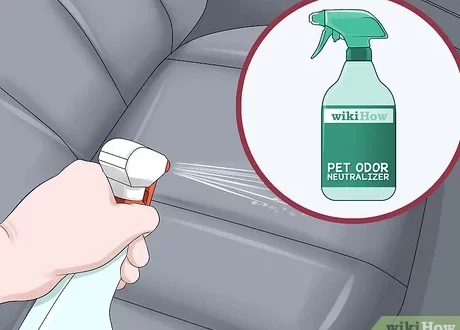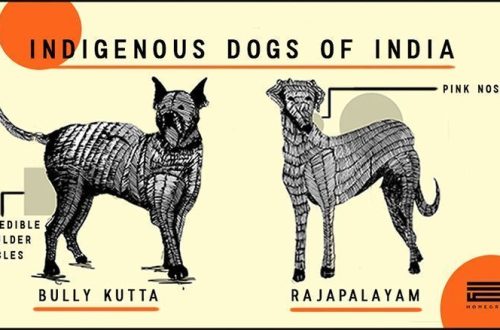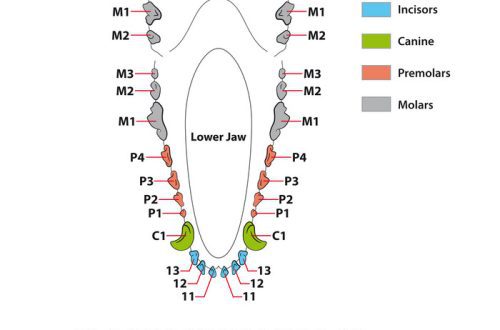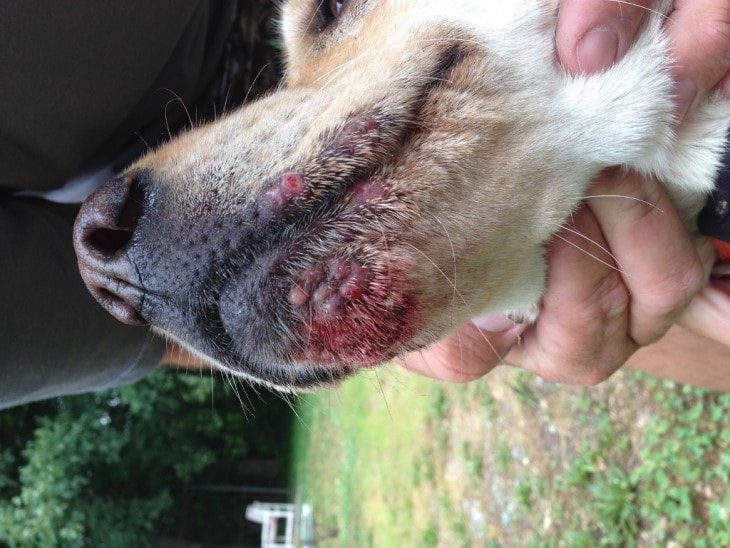
Can a dog get poisoned by ivy
Can a dog get poisoned by ivy? If you’ve ever wondered if your dog might itch after coming into contact with this itch-causing plant, then this article is for you. Here’s the whole truth about animals and poison ivy, including the risk of what it can do to you and your dog.
Contents
What is poison ivy?
Poison ivy is a plant recognizable by its three ivy-like leaves that contain urushiol, an oil that commonly causes an itchy rash in humans. Other plants containing this oil are poison oak, which resembles oak leaves, and poison sumac. They are commonly found in the wild but occasionally invade parks and yards. Visit the US Food and Drug Administration website for more information on how to identify each of these plants.
Can dogs get poisoned by ivy?
Dogs can get a poison ivy rash, but this is rare, according to the Pet Poison Helpline. Most pets’ skin is protected from the rash-causing oil by the coat. But dogs with sparse or very short coats are more susceptible to rashes, although that doesn’t mean they are more responsive to urushiol. However, the biggest danger for most animals is poison ivy ingestion. This is usually limited to an upset stomach, but a severe allergic reaction can cause a dog to go into anaphylactic shock, which causes the airways to swell up, preventing the dog from breathing. Although this is not as common as in allergic people, it is worth keeping an eye on the animal just in case. If you know or suspect that your dog has ingested poison ivy, poison oak, or poison sumac, keep a close eye on it and contact your veterinarian immediately.
Symptoms of poison ivy poisoning to look out for
Here are a few common symptoms that your dog has come into contact with or has ingested one of these itch-causing plants:
- Redness, swelling and itching at the site of contact.
- Blisters and scabs.
- Abdominal pain.
- Vomiting.
- Diarrhea.
Given the possible risk of anaphylaxis and the fact that these signs may indicate something more serious, if you notice any of these symptoms, it is best to contact your veterinarian.
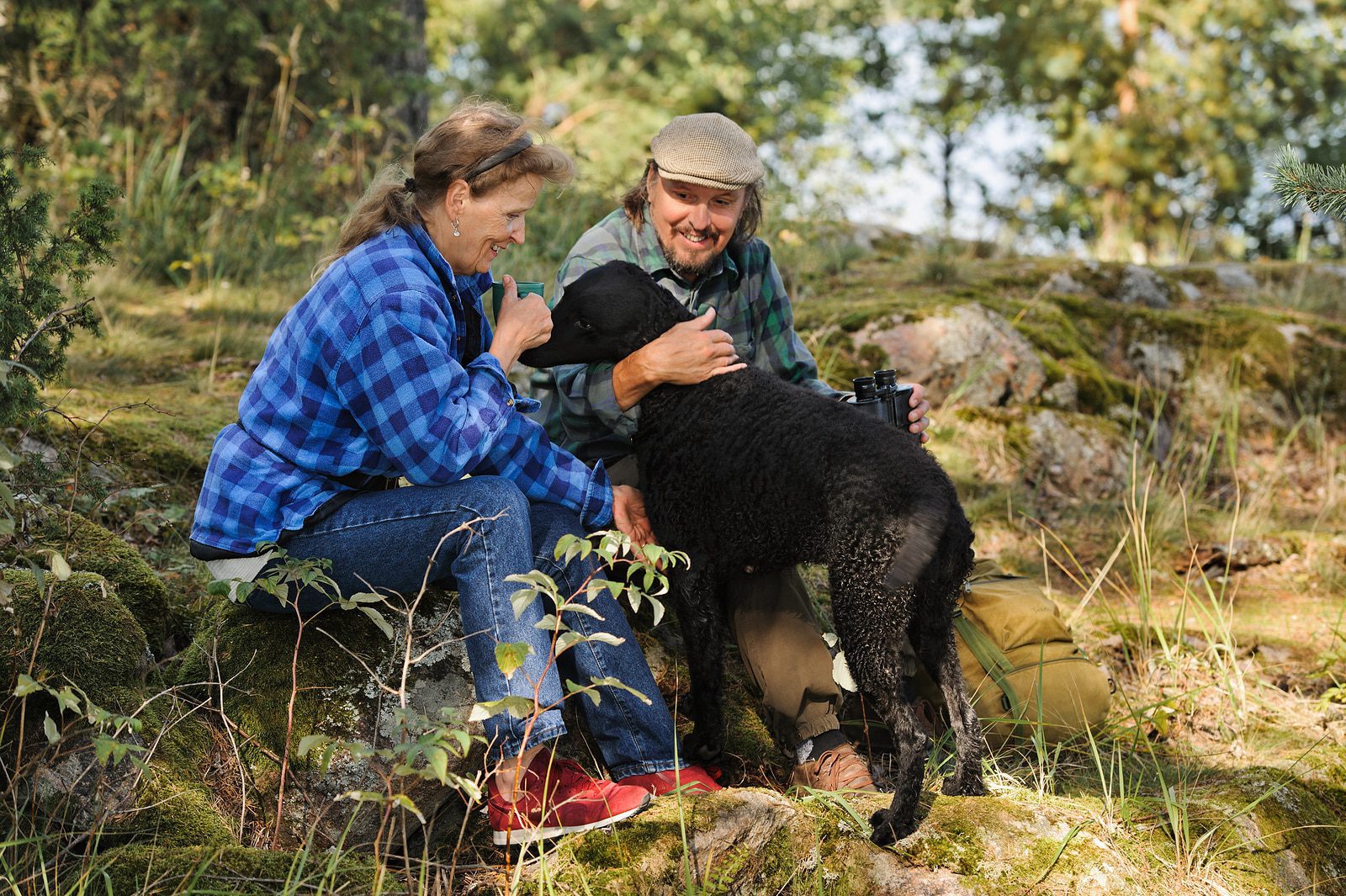
The danger of dogs and poison ivy to humans
Although the risk to your dog is low if your dog comes into contact with poison ivy, there is a good chance that he can transfer poison ivy to you, another person, or even other pets. If your dog’s coat gets sap or oil from one of these plants, it can affect you when you pet your dog, or if he rubs against you, or even if you touch his bed or sit on the same chair or cushion. where she sat.
To reduce the risk of exposure to poison ivy through your puppy, keep him on a leash when you go camping or for a walk, and get rid of any of these plants if you spot them in your yard. The Poison Pet Helpline also recommends bringing a towel and a pair of gloves with you so you can dry your pet safely after the hike. And if there’s a chance your dog may have had contact with a poisonous plant, bathe him right away, preferably with gloves – and don’t forget to wash his collar and leash. If you’ve come into contact with poison ivy yourself, it’s a good idea to thoroughly wash your dog (as well as yourself) to prevent transferring the oil from you to him.
Treating poison ivy poisoning in dogs
If your dog does develop a poison ivy rash, it is best to bathe it with a dog shampoo containing (oatmeal). Stomach problems caused by ingestion of a poisonous plant should resolve on their own, but still call your veterinarian for their opinion. But if your pet shows any signs of breathing problems, contact your veterinarian immediately.
If your dog does develop a rash, do your best to keep it from scratching it and making it worse. Call your veterinarian to find out about any additional treatment options.



